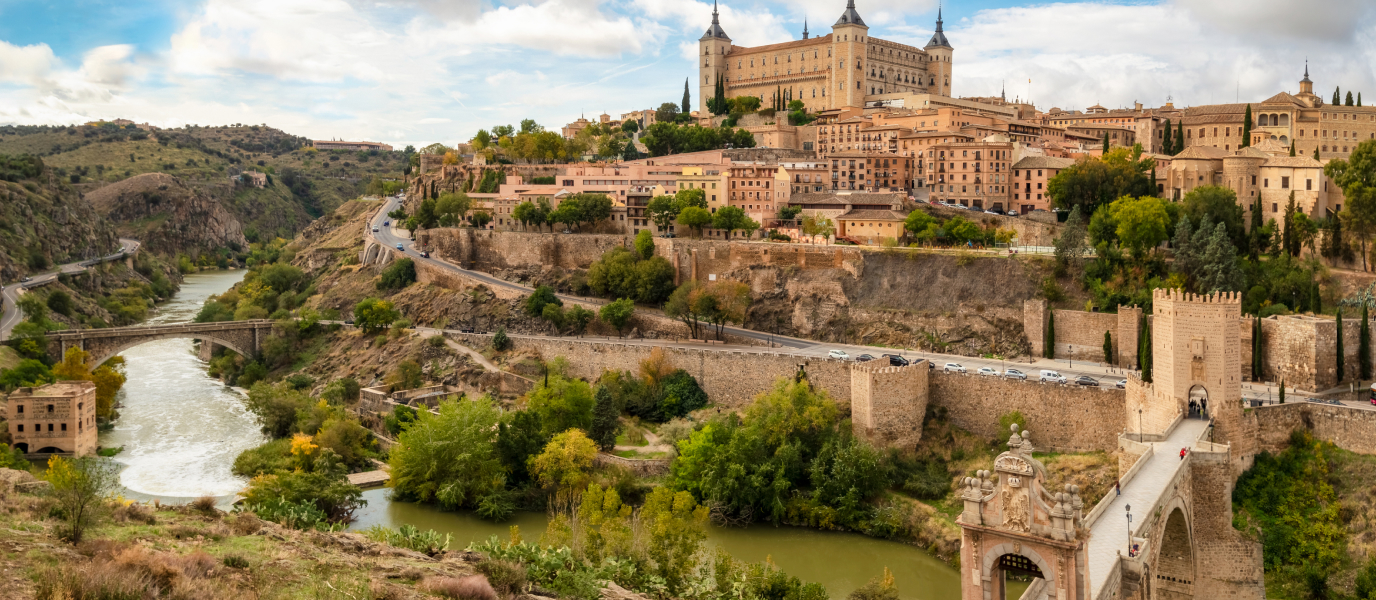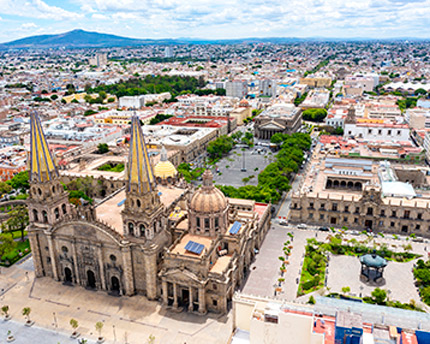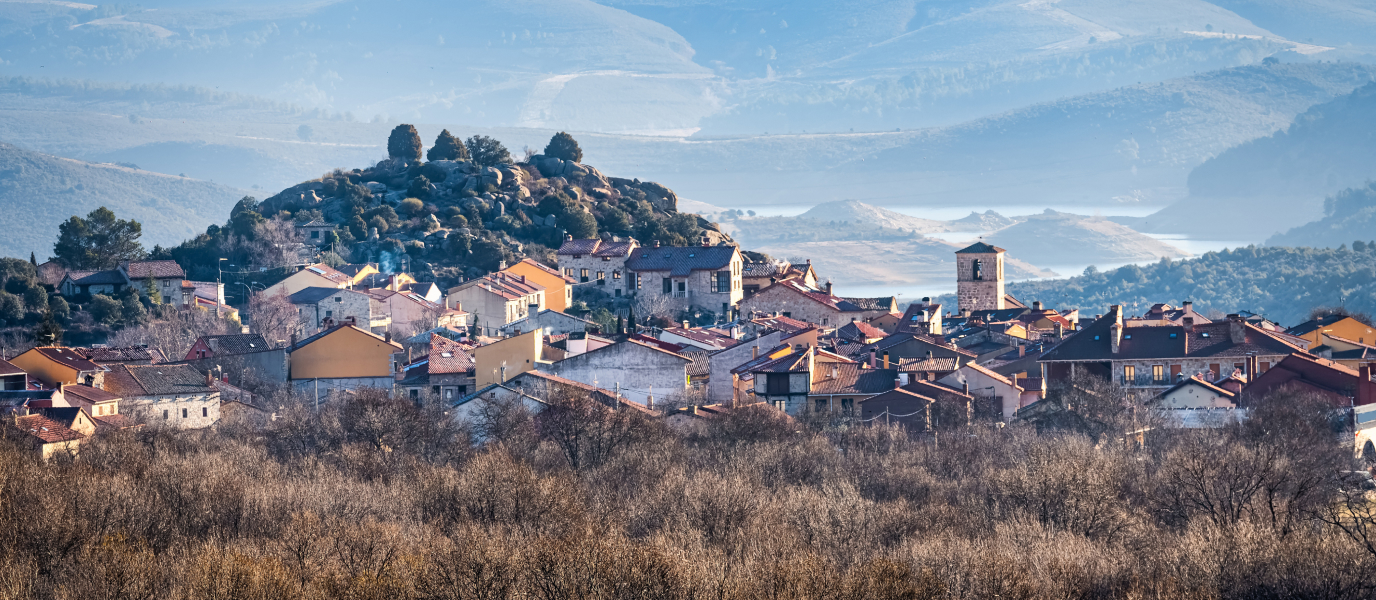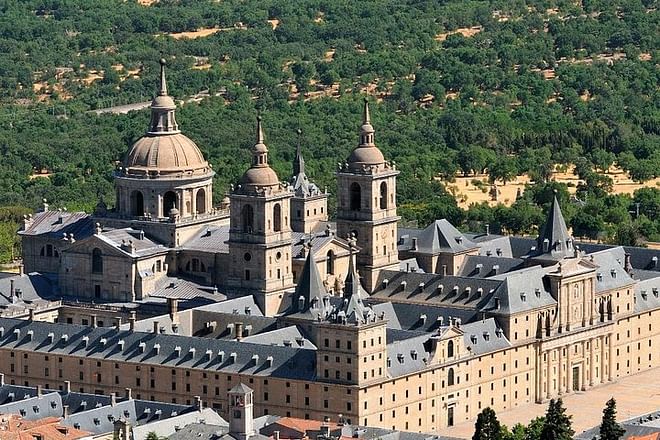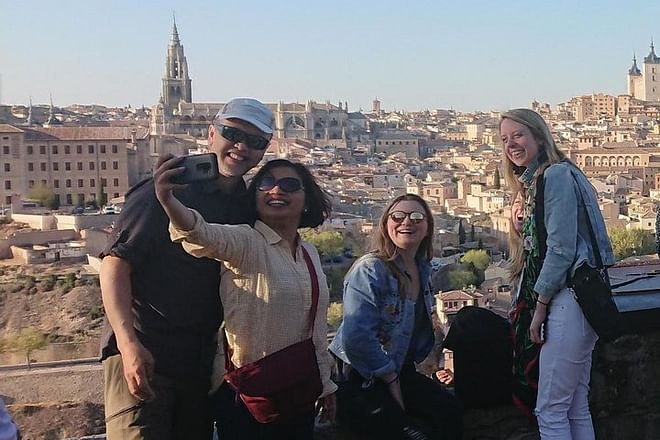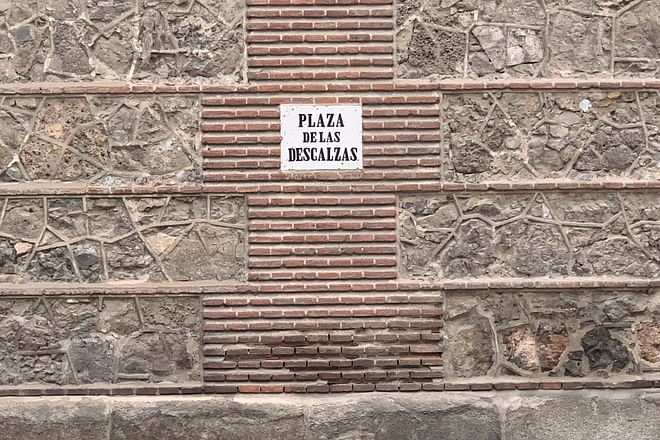Toledo is like a matryoshka: there are many Toledos hidden inside it. High up on a hill encircled by the River Tagus, the centuries-old city of narrow labyrinthine streets, which was the seat of the Court of Charles I and before that the ancient Visigothic capital, offers several profiles to visitors. Above all, is that of the city of the Three Cultures, in which Christians, Jews and Muslims learned to live in peaceful coexistence for centuries, leaving behind them a historic and artistic legacy that is not to be found anywhere else in the world and earned it the UNESCO designation of World Heritage City in 1986. Then there is the convent-city which Toledo became with the departure of the Court and the nobility when Madrid became the capital in 1561, giving free rein to the enormous influence of the Church. But Toledo is also the city of the artisans of marzipan, damascene artwork, ceramics and sword forging and, of course, of the mannerist and expressive works of El Greco, its greatest artist. Lastly, the city expresses itself in its traditional Castilian cuisine, in which there is no lack of hearty dishes such as Toledo-style partridge, cochifrito—made of pork boiled and then fried—or carcamusa—a pork and vegetable stew. Although one could spend several weeks getting to know the city properly, this article offers a compendium of all these Toledos that is accessible to anyone who has only a day to spend in this city that is just an hour’s drive from Madrid.
What to see in Toledo: the Plaza de Zocodover, the Cathedral, the El Greco Museum…
The Old Town of Toledo is a walled labyrinth of mediaeval alleyways with the Plaza de Zocodover at its centre. This was the main square from Muslim times—its name comes from sūq ad-dawābb, “market of beasts of burden” in Arabic—and over the centuries it has been the site for markets, games with bulls and with greasy poles, autos de fe—rituals of public penance of heretics condemned by the Inquisition—, public executions and every kind of popular event. Today its appeal draws visitors who are captivated by the charm of the mediaeval lattice of small squares and narrow streets, which before they know it will bring them to the Plaza del Ayuntamiento where they will find themselves before the Primate Cathedral of Toledo. This thirteenth-century Gothic temple with a clear French influence is the second biggest in Spain after the Cathedral of Seville, and in it the city’s rich multicultural history is condensed: it is built on the foundations of a sixth-century Visigothic cathedral which was, in turn, used as a mosque during the Arab period. Inside we can find paintings by artists such as El Greco, Caravaggio, Titian, Morales, Goya and Rubens, among others. Opposite the Cathedral, in the same square, we see the splendid façade of the sixteenth-century Archbishop’s Palace.
Making our way into the Jewish Quarter, an obligatory stop is the Church of Santo Tomé, one of the finest examples of Mudéjar art, together with the Church of Santiago del Arrabal. Built in the twelfth century on the site of an earlier mosque—its bell tower was the minaret—, it houses EL Greco’s most universal work, The Burial of the Count of Orgaz, which is also the biggest sixteenth-century Spanish painting still in existence. If we want to explore the artist’s work further, close by we will find the El Greco Museum, which focuses on the work of this Greek painter who took up residence in Toledo and is famous for his expressive elongated figures.

In the Jewish Quarter we will find other symbols of the crucible of cultures that lived side by side in Toledo in the Middle Ages. A fine example is the Synagogue of Santa María la Blanca, a twelfth-century synagogue that looks like a mosque because it took its inspiration from Almohad art, which was later turned into a church. If we are interested in Hebrew culture then we will also want to see the Synagogue of El Tránsito, which dates back to the fourteenth century and houses the Sephardic Museum. Another example of this melding of cultures that is not to be missed can be found in the San Martín Quarter, close to the Puerta del Sol. It is the Mosque of Christ of the Light, a beautiful tenth-century mosque—the only building that dates back to before the Christian reconquest— which was turned into a church in the twelfth century.
Before we conclude our tour we should visit the impressive Monastery of San Juan de los Reyes, a striking symbol of the victory of the Catholic Monarchs over al-Andalus—the Arabic name given to the Iberian Peninsula government by Muslims—in the form of this majestic fifteenth-century Isabelino Gothic edifice. It was built to be the burial place of the king and queen, who after achieving their conquest ultimately decided that their place of rest should be in Granada.
Eating out in Toledo: restaurants serving traditional Toledo dishes
Toledo has a long culinary tradition. It is not a coincidence that the first culinary treatise in the Castilian language—Ruperto de Nola’s Libro de Guisados [Book of Stews]—was published here in 1529, as was the first handbook on confectionery and baked goods in 1592: Los quatro libros del arte de la confitería [The Four Volumes on the Art of Confectionery] by Miguel de Baeza. After a long walk, we will undoubtedly have an appetite for trying some of the hearty dishes that are typical of Toledo cuisine. Restaurants such as the legendary Adolfo, the Cuchara de Palo or the Clandestina de las Tendillas never fail if we want to try regional game dishes, such as stewed partridge, quail or venison meatballs, as well as other classics like cochifrito, atascaburras— mashed potato with pieces of salt cod, hard-boiled egg and walnuts—or the tasty Toledo savoury rice. If we fancy trying carcamusa, a popular stew made with beef or pork with seasonal vegetables, we should go to the place where the dish is said to have been invented: the bar Ludeña. And if it is a special occasion and we do not mind spending a little more, the Castilla-La Mancha regional cuisine of Iván Cerdeño, the city’s only Michelin restaurant, will captivate us not only with its food but also with the splendid views of Toledo that can be seen from El Cigarral del Ángel on the outskirts of the city.
Lastly, for dessert or to take home with us, there are the marzipan sweetmeats of the Obrador Santo Tomé, where they had been made by hand since 1856—a stop on our itinerary that we cannot miss.
Vantage points of Toledo: ideal to end the day
To end the day, there is nothing better than to make our way in the evening to one or more of the vantage points that surround Toledo; the city’s hilltop location encircled by the River Tagus offers a magical picture postcard from the surrounding area. Perhaps one of the most classic views is the one that can be seen from the Mirador del Valle de Toledo, where the city appears like a fortress above the river, highlighting the sixteenth-century Alcázar, which the Emperor Charles V had built, and the Cathedral.
The gardens of the Castle of San Servando—now a youth hostel—offer another beautiful view of the city with the Alcántara Bridge over the Tagus in the foreground. And the Cerro de la Virgen de Gracia is the ideal place from which to view the Jewish Quarter and the Monastery of San Juan de los Reyes. These are the images that are most photographed, but we invite you to discover the many other views of the city that can be enjoyed from the surrounding area.

























































